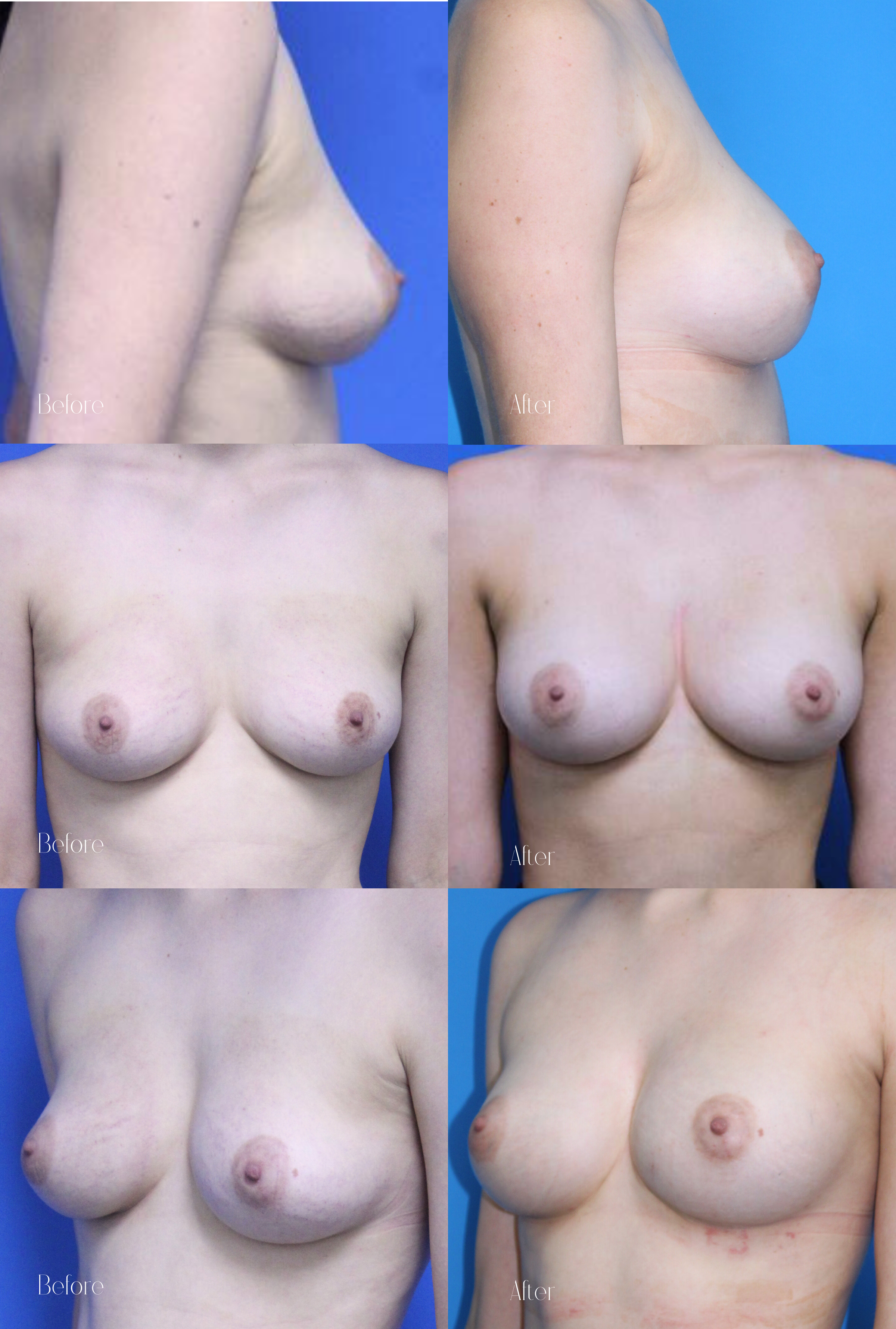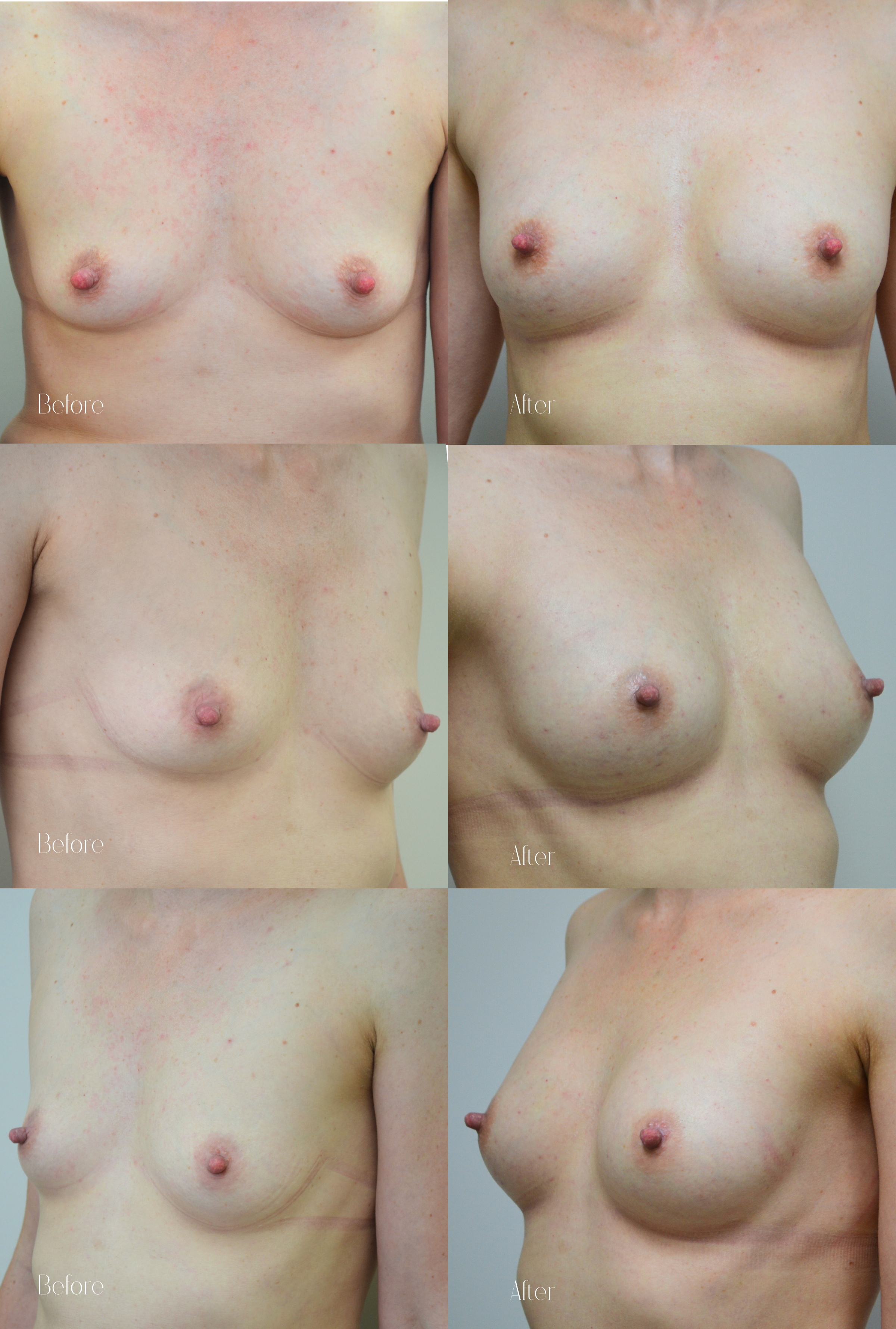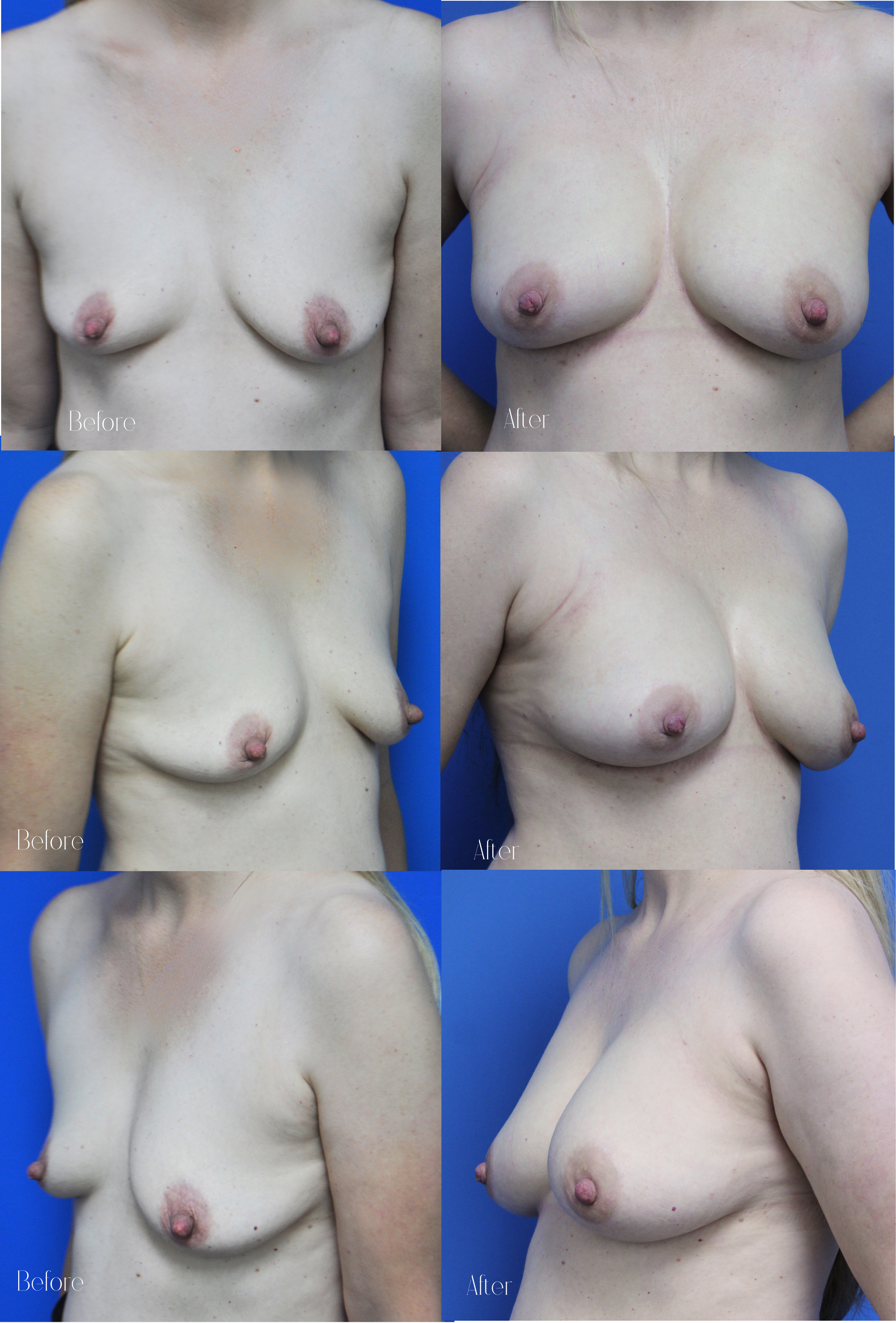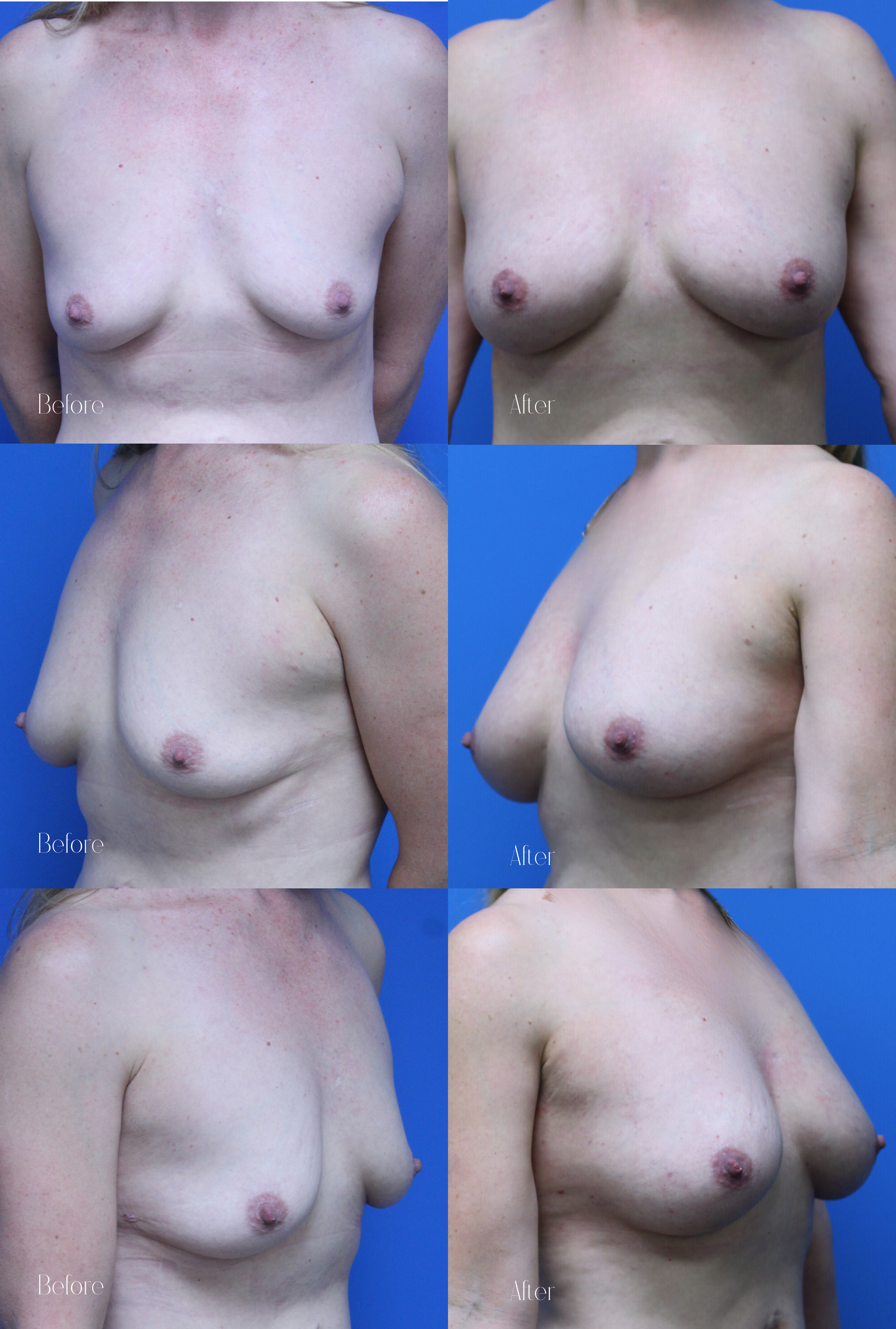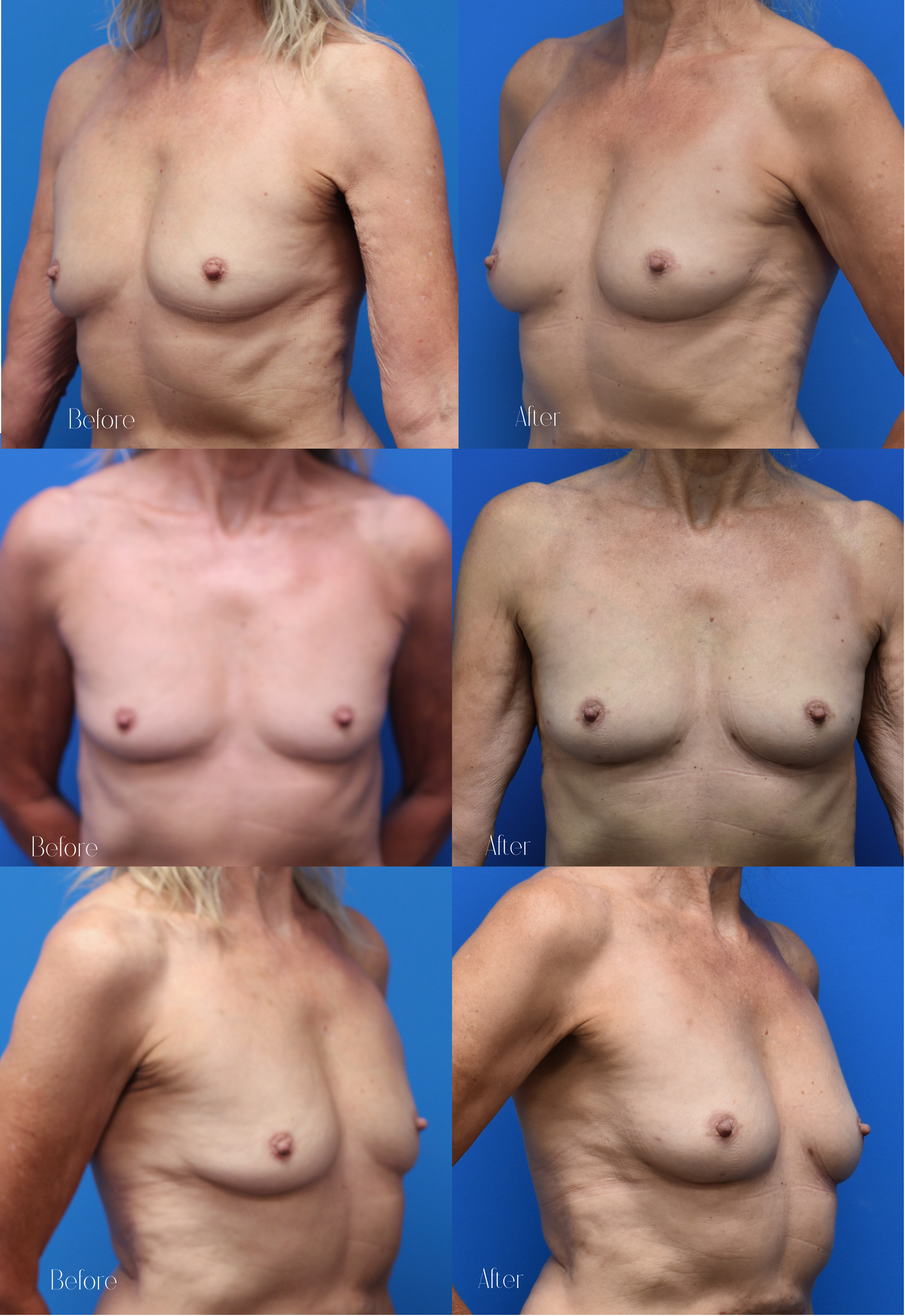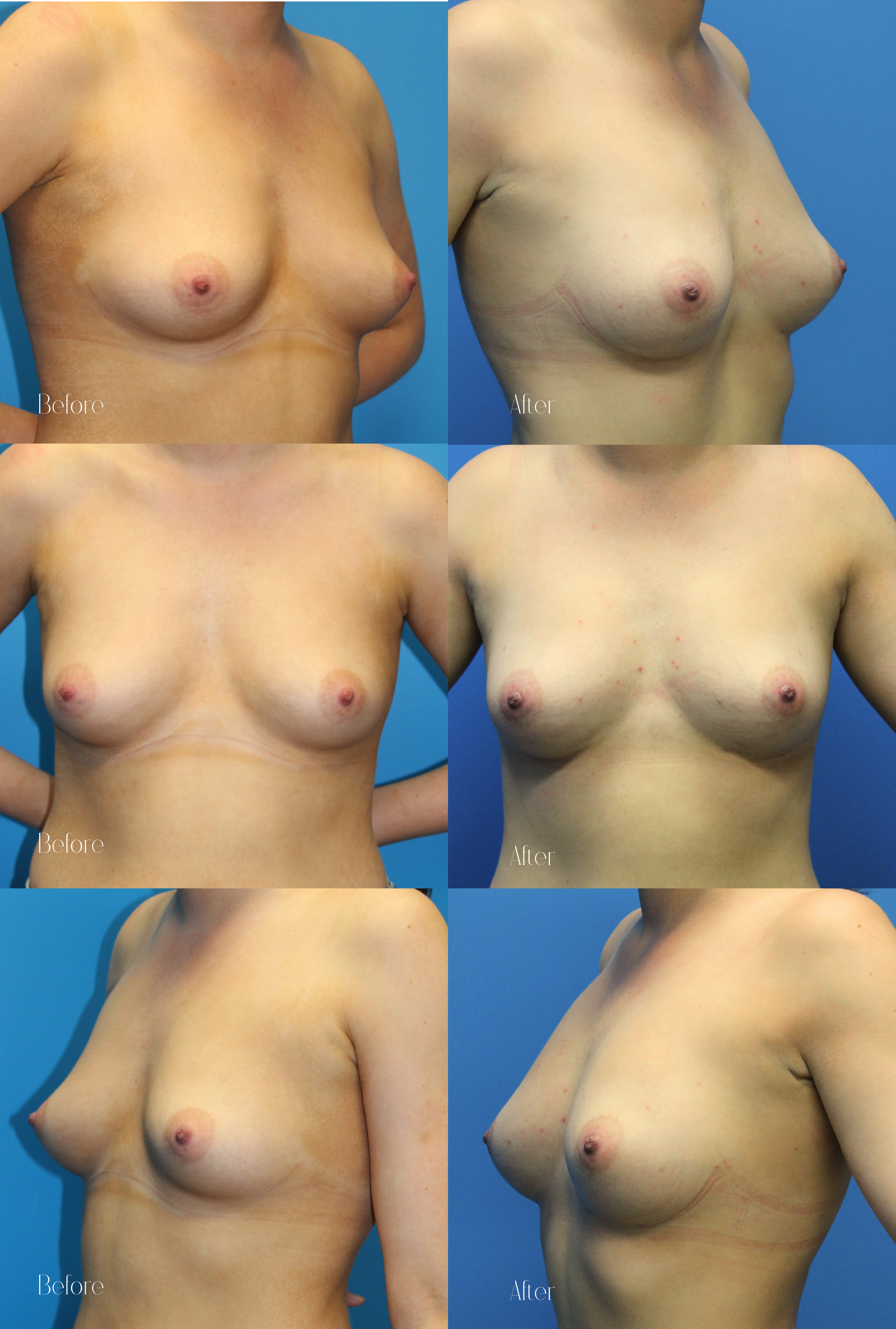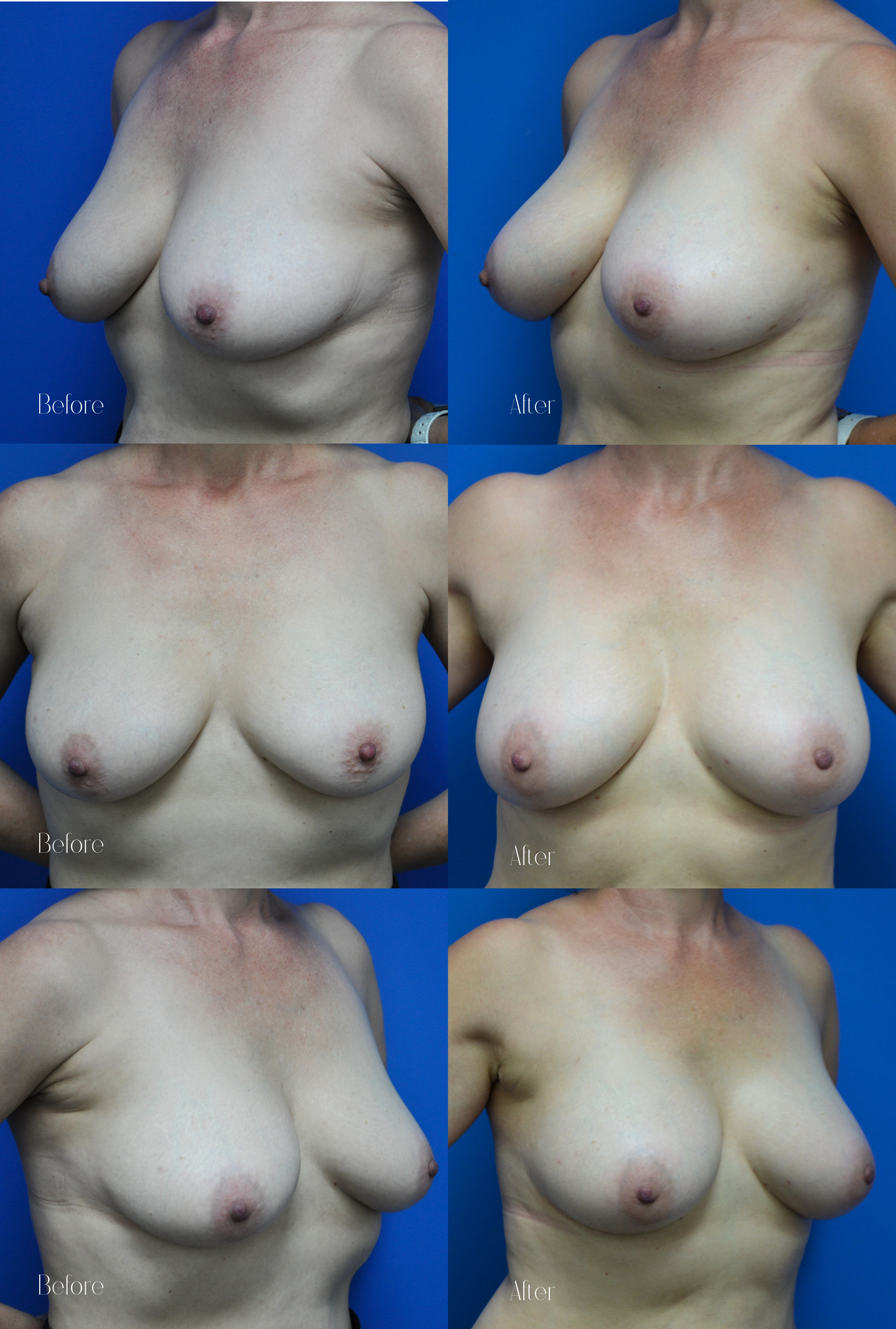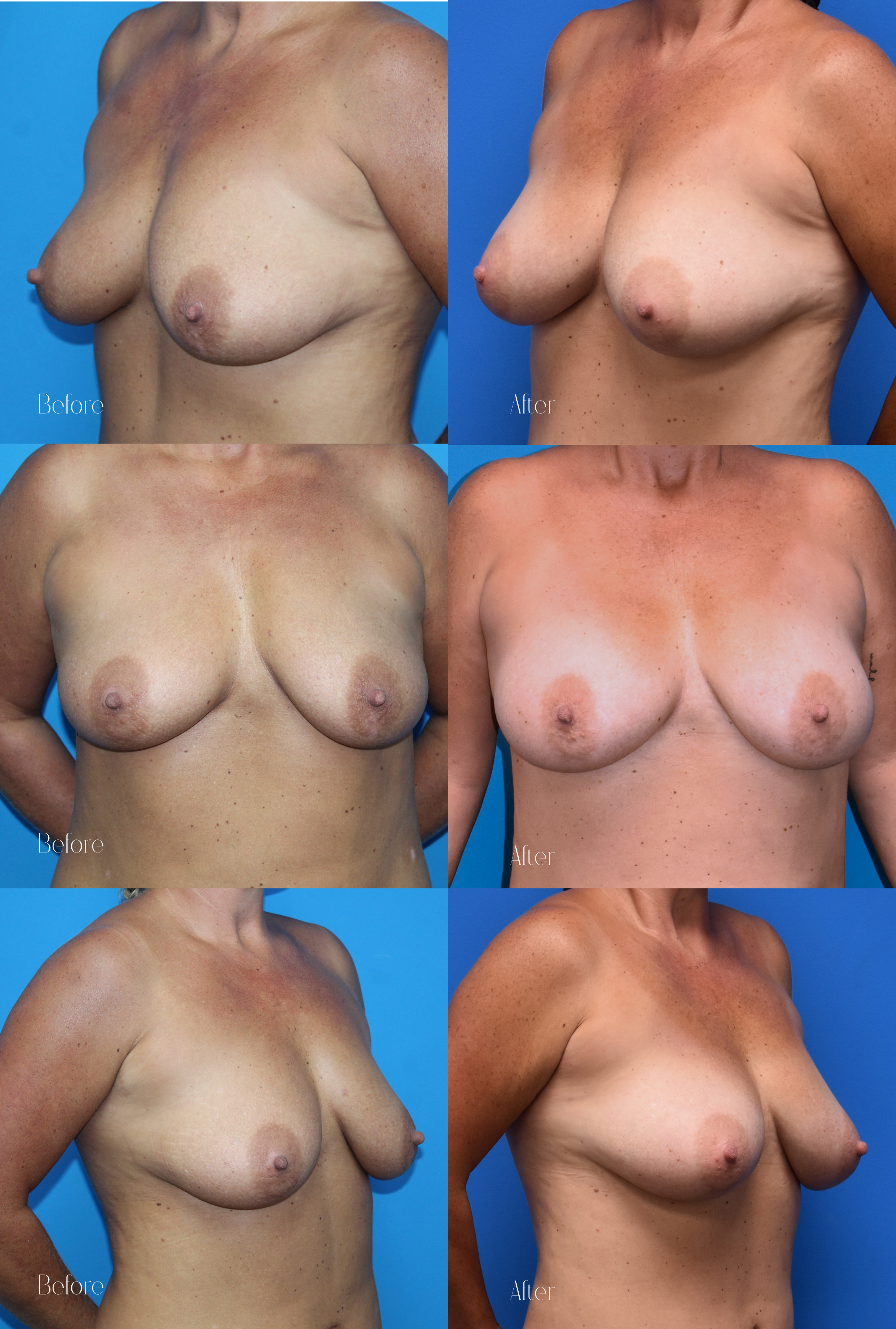Breast Augmentation, Rejuvenation, and Enlargement
Autologous Fat Transfer (AFT)
Breast Rejuvenation and Restoration
At SkinCentre we want to make you the best version of yourself.
Breast feeding can change the shape of your breasts causing them to lose volume and flatten. These changes in size and shape can have an immense impact on body confidence. Previously a surgical mastopexy and silicon implants under general anesthetic were the only solution to addressing these issues. These invasive procedures have always seemed daunting and come with a long list of risks.
Dr Salmon has worked alongside leading surgeons in the USA to perfect the Autologous Fat Transfer (AFT) procedure to help restore and rejuvenate women’s breasts naturally and permanently, with the added bonus of losing some of the fat from another area of the body you may not love. This procedure is perfect for mothers who have lost volume after breast feeding to restore the breasts and get them looking as good, if not better than before. It is also great for the women who weren’t naturally gifted with full breasts from the beginning.
Come in and have a confidential consultation with one of our lovely cosmetic nurses and Dr Salmon to see how we can help restore your confidence!
Our Results:
All before and after photos are taken of patients of the SkinCentre NZ.
Autologous Fat Transfer (AFT) breast enlargement procedures performed by Dr Paul Salmon.
From our Patients Perspectives:
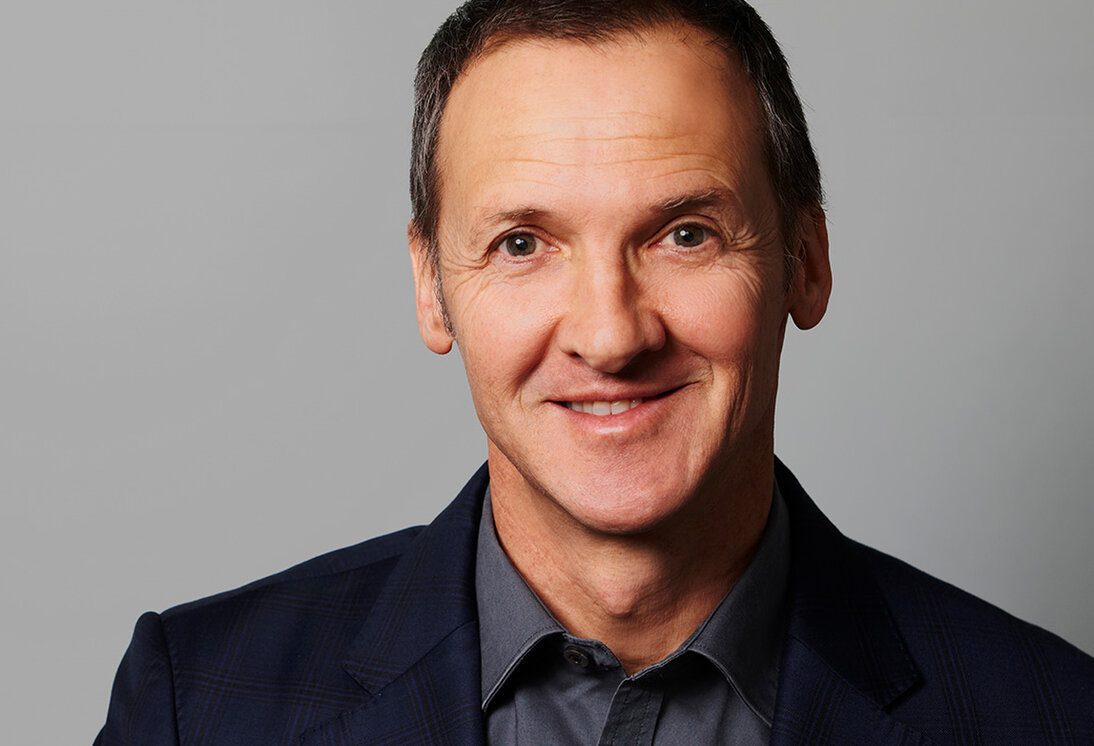
Dr Paul Salmon
After over two decades of expertise in reducing breast size through tumescent liposuction, Dr. Salmon expanded his field to provide women with the opportunity for natural breast enlargement. This AFT procedure offers the chance to regain volume lost after breastfeeding, or, help to increase breast size for those desiring a larger bust who have always been smaller.
In 2017, Dr. Salmon travelled to Miami to study and collaborate with Dr. Roger Khouri, whose advancements in fat grafting techniques have revolutionised the AFT procedure, enabling fat grafting of up to 300cc per side in a single session.
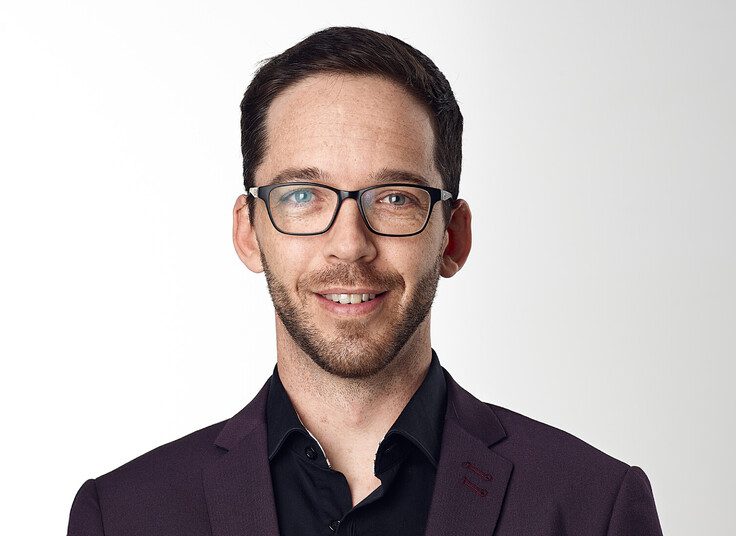

Dr AJ Seine
Since starting at SkinCentre in 2021, Dr. Seine has worked closely with Dr. Salmon on the Autologous Fat Transfer (AFT) technique for natural breast enhancement. Using his expertise in cosmetic dermatology, Dr. Seine is committed to advancing and refining this transformative procedure in collaboration with Dr. Salmon. Together, they aim to set new standards of excellence and provide patients with outstanding outcomes in breast augmentation through AFT.
The Procedure
We perform AFT under local anaesthetic with light oral sedation right here at the SkinCentre Day Surgery Centre. No need for general anaesthetic. Both your breasts and the area we are taking the fat from, the donor site, will be infused with tumescent anaesthesia.
The fat will be harvested from the donor site by micro-cannula liposculpture, usually from the thighs or abdomen. The fat is then prepared and grafted into your breasts via tiny nicks to ensure minimal scarring. Our nurses will tape your breasts securely to prevent any movement.
We recommend approximately one week of rest and no vigorous exercise or movement until three weeks post-surgery.
Your breasts will be quite swollen at first but usually not tender and final results will not be apparent until 3-4 months post-operatively.
In a single procedure you can expect to increase your breast size by one cup. Two procedures will enable a two cup increase.
Preparation
Unlike a silicon implant, prior to your Autologuous Fat Transfer it is necessary to prepare the breast tissue to create an optimal environment for the fat grafting procedure. To achieve this we use two preparation methods, our specialised team will help determine which method will work best for you.
We will arrange a pre-operative consultation with one of our cosmetic nurses to discuss this preparation in detail and we are always here for questions throughout.
Options for preparation:
The best option for you will be selected & discussed during your specialist consultation.
PICO Negative Pressure Dressings:
PICO dressings are a new way to prepare your breasts for fat grafts. They work by increasing blood flow to the breast but provide only mild expansion. For this reason the PICO dressing is best suited to those women who have breast fed in the past and are wanting to regain the volume lost, and would not be suitable for women whose breasts are smaller than a C cup but want the biggest improvement they can get from a single procedure.
PICO dressings are discrete and are able to be concealed under clothing, making it easy to continue working right up until your procedure, except those for who are in manual labour job roles.
The dressings need to be worn for continuously for two weeks leading up to the procedure, to ensure the breasts are ready for grafts.
While wearing the PICO dressing you will not be able to exercise and will have to forgo showers in place of sponge baths.
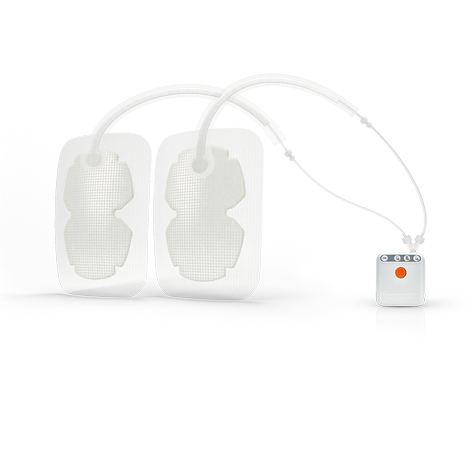

Brava Dome expanders:
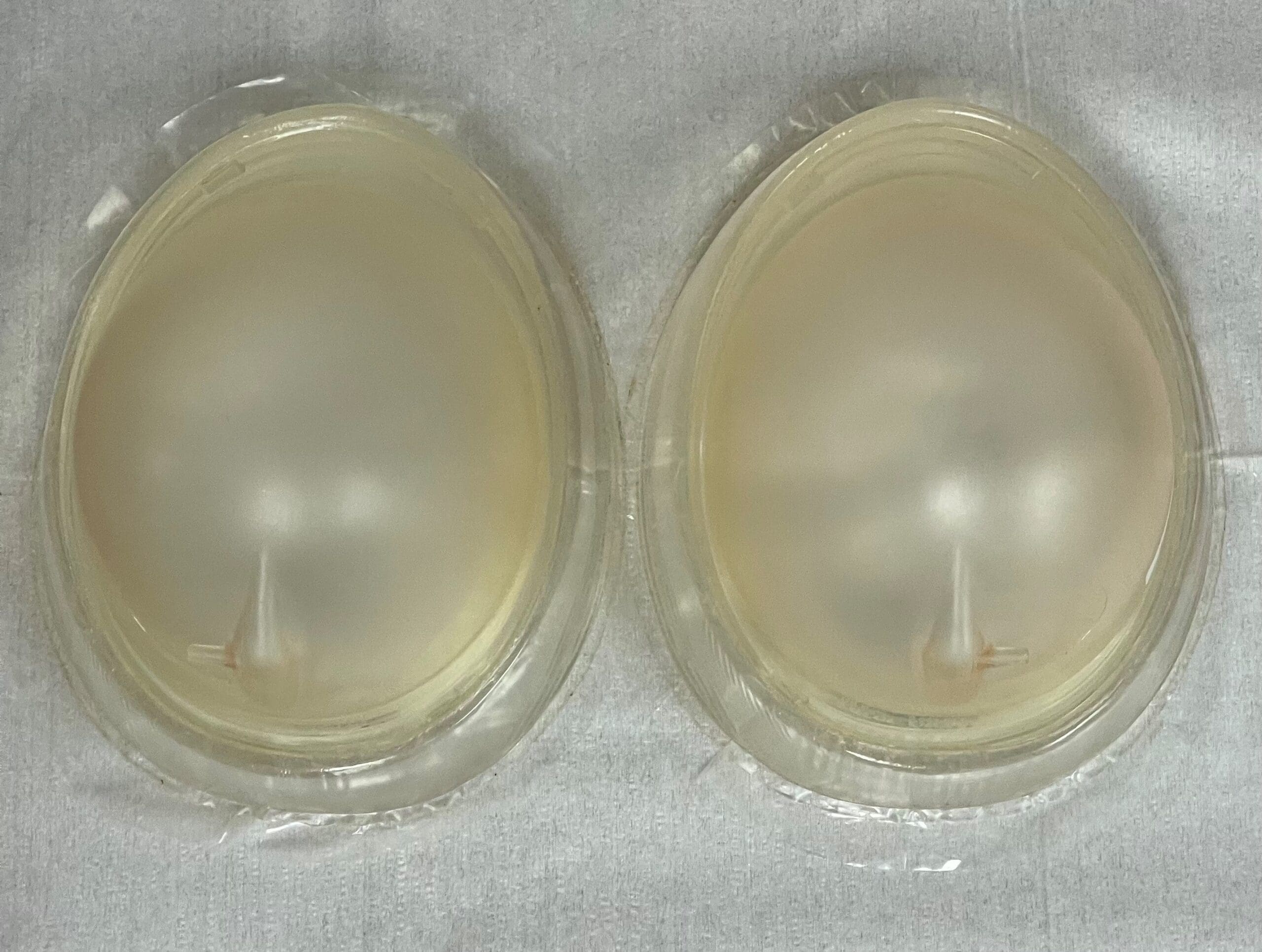

Complications of Breast Implants
Both AFT and external expansion have been well proven in the literature to be safe procedures that do not give rise to cancer. Where the procedure is carried out under general anesthesia, the risks are those of general anaesthesia. Complications are still possible but very rare and include skin rash from the expander domes, infection, assymetry and need for re operation.
Risks and complications of Breast Implants
US FDA Breast Implant Postapproval Studies: Long-term Outcomes in 99,993 Patients
A Long-Term Study of Outcomes, Complications, and Patient Satisfaction with Breast Implants

